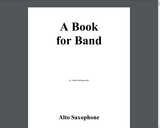
Music Lessons for Alto Saxophone
- Subject:
- Arts and Humanities
- Performing Arts
- Material Type:
- Lesson
- Provider:
- North Dakota State College of Science
- Author:
- Adam Hollingsworth
- Date Added:
- 08/20/2020

Music Lessons for Alto Saxophone
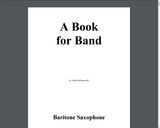
Music Lessons for Baritone Saxophone
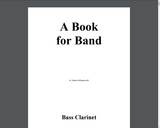
Music Lessons for Bass Clarinet
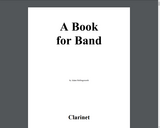
Music Lessons for Clarinet
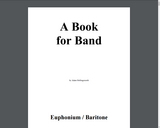
Music lessons for Euphonium/Baritone
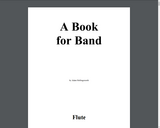
Welcome to the band here at NDSCS! We are going to have a lot of fun, making music, and getting better and better each time we meet. Whether this is the first time you’ve ever played in a band, or you’ve been playing for years; whether you were your high school’s top chair player or you struggled to get through a B♭ concert scale, there is a place for you here.

Music Lessons for French Horn
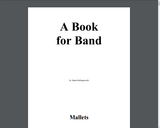
Music lessons for mallets

Music Lessons for Tenor Saxophone
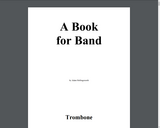
Music Lessons for Trombone
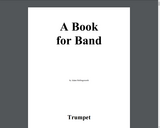
Music Lessons for Trumpet
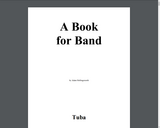
Music lessons for tuba

Short Description:
The Book of Small (1942) is a novel by Canadian author and painter Emily Carr. It is an early childhood memoir consisting of thirty-six word sketches in which the author relates anecdotes about her life as a young girl living in Victoria, BC.
Long Description:
The Book of Small (1942) is a novel by Canadian author and painter Emily Carr. It is an early childhood memoir consisting of thirty-six word sketches in which the author relates anecdotes about her life as a young girl living in Victoria, BC.
Word Count: 50959
(Note: This resource's metadata has been created automatically as part of a bulk import process by reformatting and/or combining the information that the author initially provided. As a result, there may be errors in formatting.)

A resource for librarians, early education teachers, child care providers and parents to share books and literacy activities with children ages birth to 5. The content in this storytime lesson plan aligns with Every Child Ready to Read (ECRR) practices and Minnesota Early Childhood Indicators of Progress (ECIPs). Users are encouraged to remix the lesson plan to keep it up to date and comment with their successes and failures in using the listed resources.

The Korean Book Talk
Word Count: 33722
(Note: This resource's metadata has been created automatically as part of a bulk import process by reformatting and/or combining the information that the author initially provided. As a result, there may be errors in formatting.)

A family moves into an unpopulated area. With the ingenuity of one young girl, a town is established and grows. The idea of supply and demand is evident in this story. The businesses in town grow to include a tanner, a cooper, a miller, a blacksmith and a laundry.

This art history video discussion examines Hieronymus Bosch's "Last Judgment Triptych", 1504-08, Akademie fur bildenden Kunste, Vienna, overall dimensions.

This lesson provides teachers with support for using text-dependent questions to help students derive big ideas and key understandings while developing vocabulary from the biographical text, Boss of the Plains. This biography relates the life of John Batterson Stetson as a hatting apprentice until he was diagnosed with tuberculosis and decided to explore the American West. During his time with the people of the West, he invents a better hat, nicknamed "Boss of the Plains," - the first real cowboy hat.
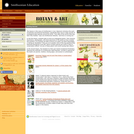
The lessons in this issue of Smithsonian in Your Classroom introduce the work of botanists and botanical illustrators, specifically their race to make records of endangered plant species around the world. “Very little of the world’s flora has been fully studied,” says one Smithsonian botanist, “and time is running out.” In the first lesson, students gets to know six endangered plants. They examine illustrations, photographs, and dried specimens of the plants as they consider this question: If a scientist can take a picture of a plant, are there advantages in having an illustration? They go on to consider some of the big questions that botanists themselves must ask: Which of these species are most in need of conservation efforts? Are any of these plants more worth saving than others?In the second lesson, the students try their own hands at botanical illustration, following the methods of a Smithsonian staff illustrator. All that is required for the lesson are pencils, markers, tracing paper, and access to a photocopier.

Botticelli, La Primavera (Spring), 1481-1482, tempera on panel, 80 x 123 1/2" (203 x 314), Uffizi, Florence Speakers: Dr. Beth Harris and Dr. Steven Zucker http://khan.smarthistory.org/botticelli-primavera.html. Created by Beth Harris and Steven Zucker.